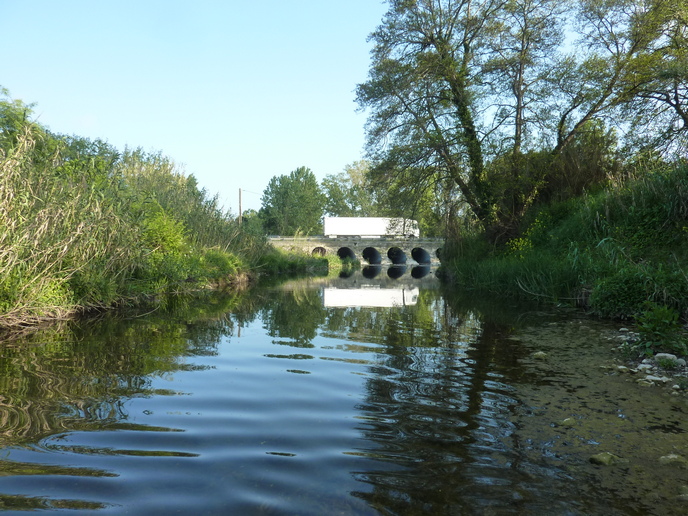A comprehensive toolkit to support the natural mitigation of water risks
The EU-funded NAIAD project has enhanced knowledge on NBS by providing concrete and replicable methodologies to improve the management and mitigation of flood and drought risks to cities and catchments. Natural assurance schemes identify the assurance and insurance value of nature and its additional co-benefits to transform these into viable schemes to provide climate adaptation services. Elena López Gunn, NAIAD scientific coordinator and Director of ICATALIST, explains: “NAIAD focused on helping society become better prepared and more resilient to natural hazards, looking at the value of prevention (protective value of nature) in terms of damage avoided and additional benefits.”
Evidence-based tools on NBS effectiveness
In a 4-year effort and with the collaboration of 24 partners, NAIAD developed and operationalised the concept of the assurance value of nature through a series of biophysical, social, and economic and financing tools and methods that help to assess the effectiveness of NBSs to mitigate water risks. It also included tools to help integrate all the information to design natural assurance schemes. The process was co-designed with stakeholders including governments, cities, catchments, insurers, scientists and NGOs, and it was tested in nine demo cases. In terms of biophysical assessment, the EcoActuary toolkit was developed as a group of open-access web-based tools, including a decision support tool, an investment planner and a series of Internet of things monitoring devices. The set of tools can map global flood risk, predict loss mitigation effects of natural flood management interventions and shed light on required natural capital investment. On the other hand, the Smart: river system leverages real-time open-source environmental data logging via low-cost DIY FreeStations for continuous monitoring and short-term forecasting. According to Mark Mulligan of partner organisation King’s College, London, “demonstrations showed that regenerative agriculture for example has significant co-benefits, including water storage from reduced ploughing and increasing soil biodiversity and organic matter.” This large-scale modelling set of tools and methods is complemented by a CAT model tool for modelling hazards and loss damage assessment developed by CCR, the French re-insurance company, as well as a rapid assessment tool to evaluate the cost-efficacy of flood mitigation strategies developed by INRAE.
NBS fit for purpose, co-design with stakeholders to capture all benefits
In terms of social assessment, participation and adaptive planning, a series of methods and tools were developed and tested in project demos together with the stakeholders. The first is a tool to consider the portfolio of NBS with different criteria for their selection, the second is a participatory modelling tool by CNR-IRSA to involve stakeholders in an inclusive and equitable design process, and third is a structured modular stakeholder engagement protocol to guide the whole process. Finally, an integrated collaborative modelling tool allows to co-design solutions based on an adaptive planning approach, as tested in the Medina aquifer with the Duero River Basin Agency as end user. In terms of economic assessment, the project developed an integrated cost-benefit framework that incorporates avoided damages. Phillipe Le Coent of project partner BRGM, the French geological survey, comments: “Demonstrations showed that NBS implementation costs are lower than those of grey solutions. However, investment and maintenance costs are not recouped with flood damage reduction. Therefore, co-benefits are critical for the funding and financing of NBS.” Thus, the Financing Framework for Water Security tool developed by DELTARES can help by supporting the infrastructure financing community and NBS proponents to develop tailor-made finance arrangements for green-grey projects. In addition, the Nature Assurance Schemes canvas developed by ICATALIST can help identify feasible business models to demonstrate that this set of related benefits could justify investments, and also where smart regulation (including of the insurance sector) can mobilise collective action for risk mitigation through NBS. López Gunn concludes: “Through financially viable and technically sound natural assurance schemes, NAIAD captures the value of healthy and fully functioning ecosystems, contributing to the mitigation of water risks while helping to increase the resilience of society in a context of climate change, thus helping to increase the resilience and response capacity to water-related hazards through NBS”.
Keywords
NAIAD, NBS, water, flood, natural assurance scheme, insurance, climate change, assurance value, drought, catchments, nature-based solutions, regenerative agriculture







